St. Valentine's Day is an unofficial holiday of love. Its commercialization made it unpopular among millions, but nobody can't deny its initial symbolic meanings, strongly intertwined with ancient celebrations of nature cycles, namely the return of Spring. Most people are familiar with only a few Valentine's symbols, like red hearts, chocolate boxes, and teddy bears. This article aims to provide a deeper understanding of symbolism related to February 14 and expand the horizons of our readers to some older and less known meanings behind Valentine's traditions.
Here are the top 10 symbols of St. Valentine's Day!


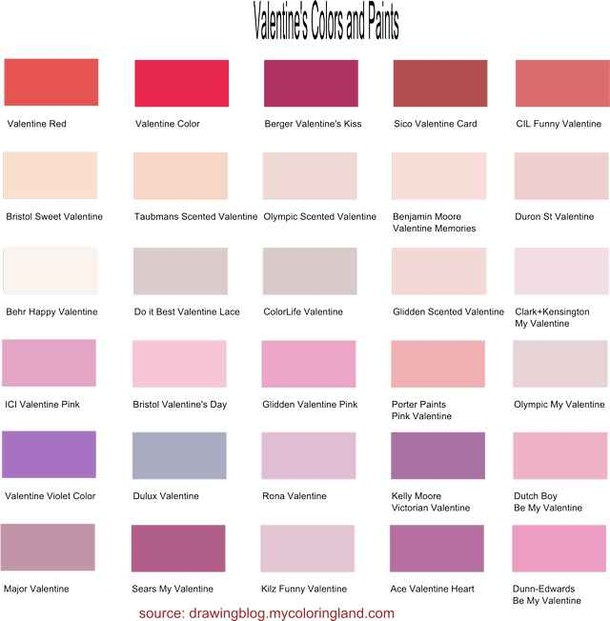
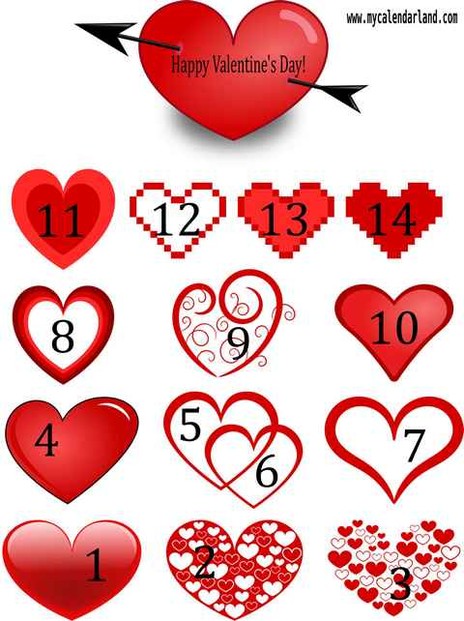
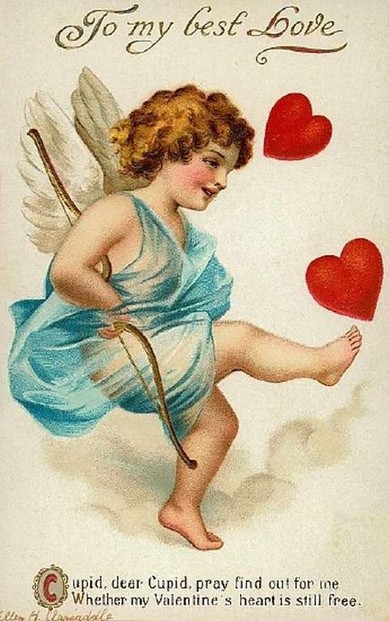
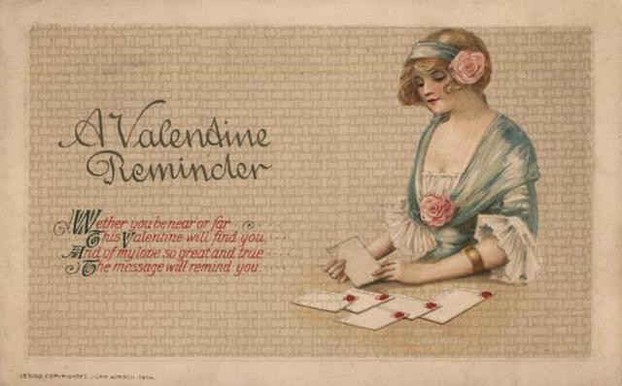
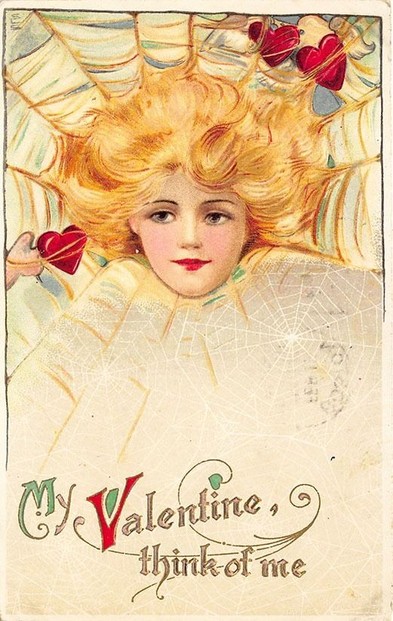
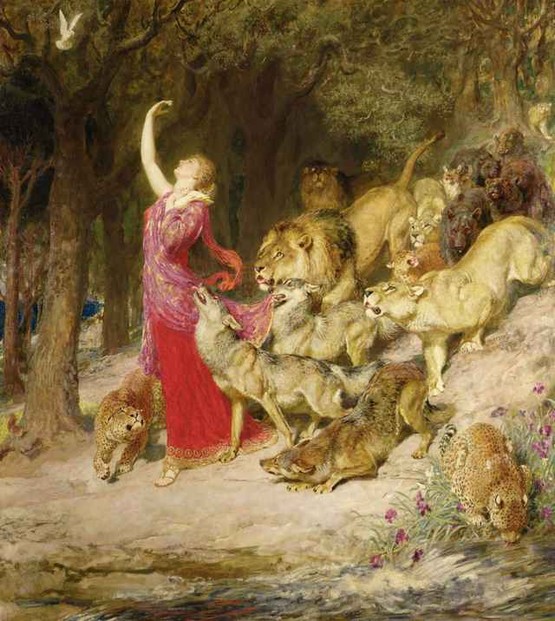

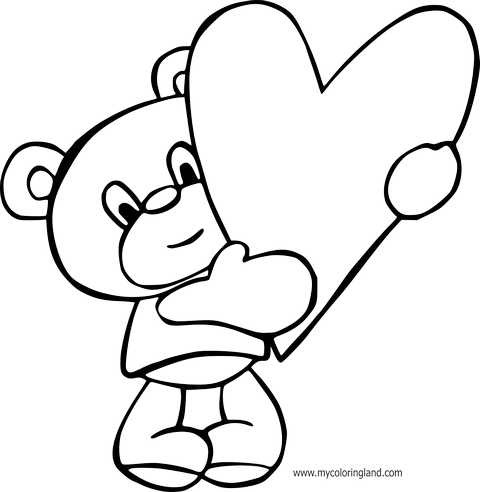
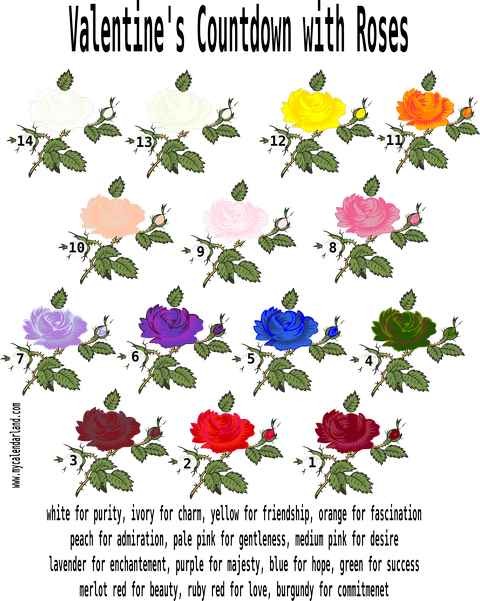
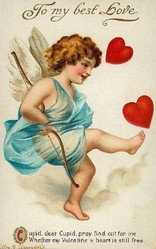

 Vintage Postcard Artists with 10 Examples of Easter Cardson 02/21/2025
Vintage Postcard Artists with 10 Examples of Easter Cardson 02/21/2025
 Thanksgiving Symbolson 11/12/2024
Thanksgiving Symbolson 11/12/2024
 Famous Witches in Literary Historyon 10/06/2024
Famous Witches in Literary Historyon 10/06/2024
 Symbols of Halloween - Use Them at Their Beston 09/18/2024
Symbols of Halloween - Use Them at Their Beston 09/18/2024

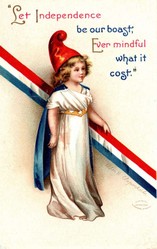
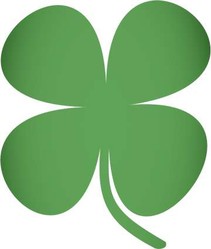
Which is your favorite Valentine's symbol?
It's hard to tell. Symbolism of colors changes with context. Red flowers mean something completely different than red traffic sign, for instance. Different cultures perceive it differently. Shades are a special story - just think about baby blue or navy blue. Etc. Icings and other decorative stuff should be (in general) looked more through aesthetics (which color goes well with the message, which color has tradition, etc.).
Thank you for your comments below, in answer to my previous question.
It's so interesting what the different colors of Valentine roses invoke.
For example, blue and green flowers in general intrigue me even as your Valentine countdown from Feb. 1st to Feb. 14 inspires me with all the symbolism, such as blue for success and green for hope.
Might that floral-color symbolism mean the same in, for example, a chocolate confection -- brownies, cake, cookies, fudge, pie, muffins, etc. -- with frosting or icing made with enchanting-lavender or fascinating-orange or loving ruby-red candied flowers?
I can't say about the colors of knots. They are very likely used in similar way as colors ofor ribbons. Gold, in my opinion was used for different reasons. One important was an improvement of printing technique. Postcards used gold (and some book illustrations) to stand out in harsh competition on the market.
Brown is not recognized as a Valentine's symbol at the moment. Teddy bears come in different color, so they are not defining brown at the moment, but who knows what future brings?
No, 14 flowers represent 14 days of February. It's a coundown calendar, similar to Advent calendars popular in December. The fourteenth rose is for St. Valentine's Day, but the order is not important. Colors are irrelevant, the color symbolism is there just to help people who want to give roses as presents. Most people really don't care about that, but for some this may be important. And yes, all 14 may create a truly impressive bouquet!
The fourth and the sixth subheadings, Knot and Spider's web respectively, cause me to consider characteristic or common colors.
Do Valentine knots domicile distinct colors?
The in-text image predominantly evidences gold for the spider web. Is that the spider web in its Valentine iteration or is gold invoked along with others (such as the first subheading's blue, gray, pink, purple, red)?
The first subheading, Colors, alerts us to blue, gray, orange, pink, purple and red as Valentine colors.
Many Unitedstatesians traditionally, typically associate 9th subheading Teddy bears with brunetted-headed, brunette-moustached 26th Unitedstatesian President Theodore Roosevelt (Oct. 27, 1858-Jan. 6, 1919).
Does the teddy bear deliver brown as a Valentine color?
Thank you for your comments below, in answer to my previous observations and questions.
The last in-text image both impresses and intrigues me.
What is a flower countdown from 14 to 1?
Is it implying that white roses invoke 14th, least impressive inclusion and burgundy-colored roses invoke first, most impressive inclusion in Valentine bouquets?
It in fact might make my Saint Valentine's Day to matter so much for someone to mix each one of the 14 colors into one majestic, mighty bouquet ;-D!
Color orange is very likely the most energetic of all. It symbolized excitement and an orange rose can mean 'I propose'!
The first subheading, Colors, advises us of orange as a Valentine color.
The last subheading, Roses (and other flowers), considers orange roses as symbolizing fascination.
Orange roses do not appear that frequently among Unitedstatesians.
Is there any Valentine association, apart roses, that invokes orange?